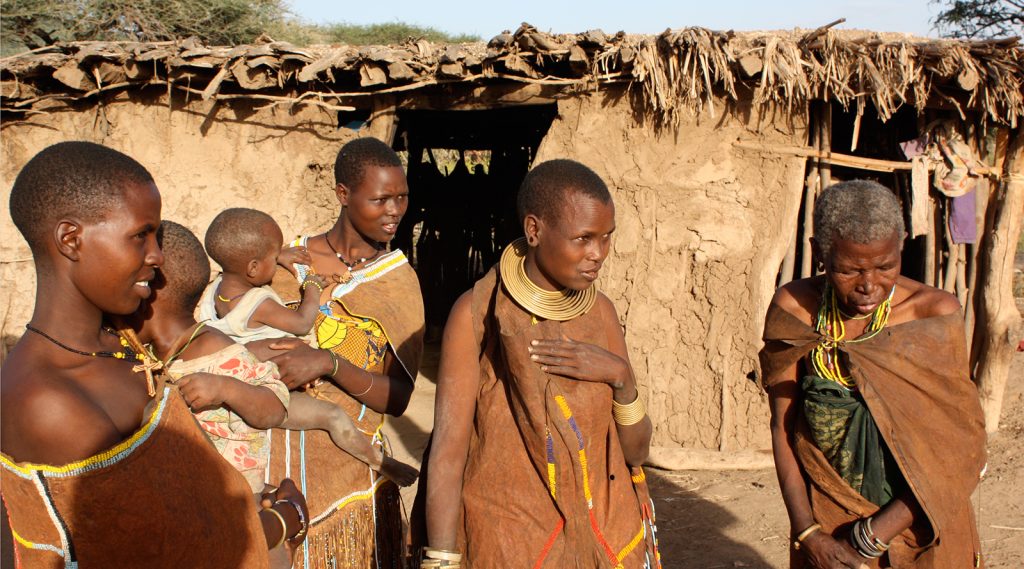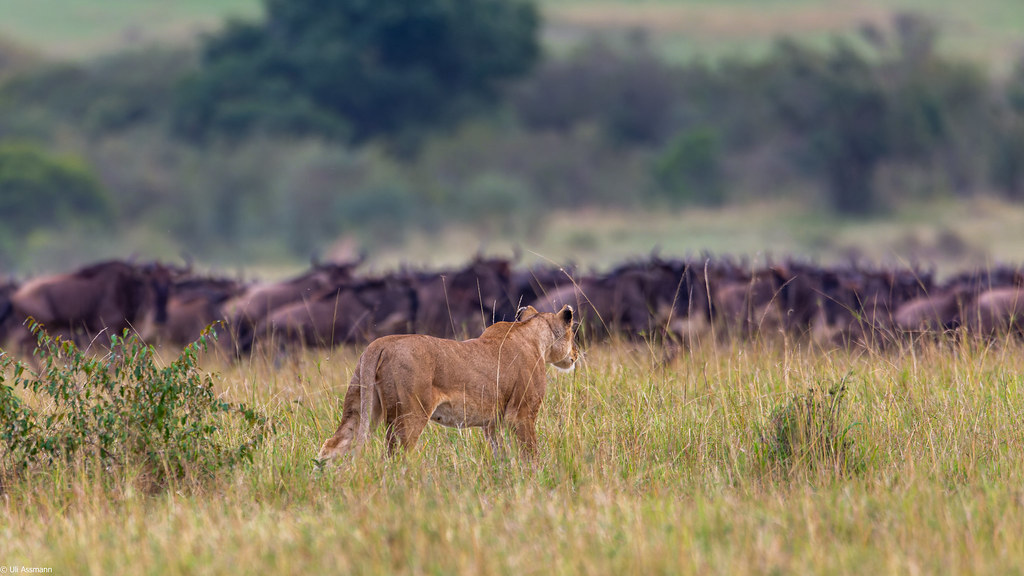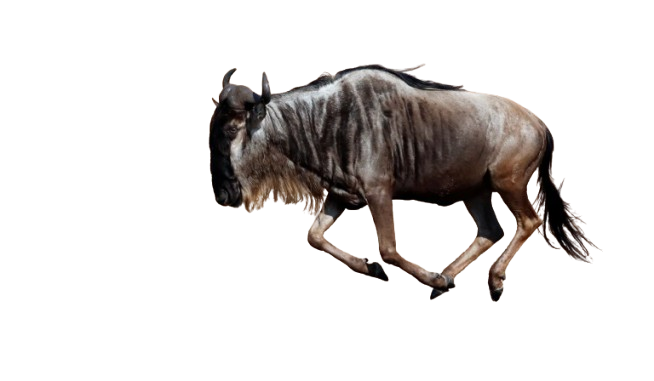Traveling To Tanzania In The Wet Season.
Traveling To Tanzania In The Wet Season., Tanzania, a wildlife-rich and culturally diverse country, is a promising safari destination for every safari-goer. Nature lovers crave the Great Migration, a natural event featuring over 2 million wildebeest accompanied by hundreds of thousands of zebras and gazelles happening every year in Serengeti National Park. They also come to see the Big Five animals in their natural habitats and other animals as well.
Hikers come to attempt the Kilimanjaro, the world’s highest freestanding mountain, and other sensational peaks like Mount Meru and Ol Doinyo Lengai, the only active carbonatite lava-secreting volcano. Cultural explorers also come to explore its diverse tribes totaling 120, including the famous Maasai, Hadzabe, and Datoga.

We have to be honest that the pleasant time to visit Tanzania is during the dry season – from June to October. That said, many visitors prefer this time, which may sometimes result in high traffic and inflated prices. For that reason, you can avoid crowds and higher rates by scheduling your visit in the wet season. We discuss the travel to Tanzania in the wet season in this blog. So, let’s explore.
When is the wet season in Tanzania?
In Tanzania, the wet or rainy season runs from November to May. But there are variations: some months receive mild rainfall, others heavy rainfall, while the rest are dry. For instance, November and December receive short rains. March, April, and May welcome heavy downpours. And January and February are dry.
Where to go in Tanzania during the wet season?
Serengeti National Park
Serengeti is a standalone park in Africa where wildlife is at its prime anytime you visit. This 14,763-square-kilometer park harbors diverse habitats, ranging from wide, stretched plains, riverine forests, and acacia woodlands. There’s so much to see in the wet season in Serengeti. Here are some things to see in the Serengeti.
Calving season.
This spectacular event starts in January to the mid of mid-March. The wildebeest are in the southeastern plains of the Serengeti, where they find nutritious grass to feed their newborns. In February, for example, they give birth to about 8,000 calves in a day.
As the number of vulnerable prey increases, lions, leopards, spotted hyenas, cheetahs, and other predators head south. They have coincided their birthing times with the calving season to ensure the availability of prey.
There are plenty of camps in this region, as many luxurious brands move their camps south. You can enjoy a front-row seat at the Asilia’s Olakira and Ubuntu Migration Camps, or &Beyond’s Serengeti Under Canvas.

Other mobile camps include Ndutu Under Canvas, Nomad Serengeti Safari Camp, and Nyikani Migration Camp. You can also watch it from permanent lodges and camps like Mwiba Lodge, Sanctuary Kusini Camp, Lemala Ndutu Camp, Mwiba Lodge, and Lake Ndutu Luxury Tented Lodge.
The Big Five.
The wet season is the right time to spot all the Big Five without the crowd. For the best experiences, you can visit the central part of Serengeti, where seeing black rhinos is a sure thing. Lions prefer the vast plains in the Seronera Valley, while leopards hide in the acacia or sausage trees on the banks of the Seronera River.
Elephants and buffalo are a common sighting in the riverine forests and woodlands, where they form herds. You can also spot them near water sources like rivers, streams, and swamps. Rhinos are present in the Moru Kopjes under constant surveillance.
Insight: For better wildlife experiences, January and February are the best. You will enjoy driving in dry, navigable trails as well as striking birdlife.
Zanzibar
Zanzibar records the lowest number of visitors in April and May. But we only recommend these months, but if you don’t mind being a little wet. This time, marine life thrives, making diving and snorkeling exceptional.
January and February are perfect for beach vacations. You will enjoy clear skies, gentle tropical breezes, and fewer crowds on the beaches. However, be aware of extreme heat that’s common in February, which may rise to 34˚C (93˚F).

February also comes with vibes in the streets of Stone Town when the Sauti za Busara festival kicks in. This spectacular festival features African music of different genres, such as taarab, singeli, afro jazz, and live music performances staged at different locations within the historic town.
Insight: For budget-conscious vacationers, most lodges give the best offers to attract clients. You can enjoy luxury stays even in high-end resorts and lodges.
Mount Kilimanjaro
Towering at 5,895 meters (19,341 ft), this is Africa’s highest mountain is a favorite spot for both beginners and seasoned hikers. In the wet season, especially in November, April, and May, Kilimanjaro becomes a challenging hike. Experienced hikers can try this hike if they are okay with rain, fog, and mist along the way. Northern routes like Rongai and Northern Circuit can work very well because they receive little rain.
From January to mid-March, Kilimanjaro is dry and uncrowded. The early brief rains at the start of November make the trails more scenic. And there’s just you and fewer climbers. Imagine clear skies, illuminating sunrise, and stable weather.
Insight: Routes like Lemosho, Rongai, and Northern Circuit offer beautiful scenic views. You can also encounter animals in the lower rainforest zone. These include antelopes, birds, and insects.
Final word.
Traveling to Tanzania in the wet season is an incredible, bucket-list experience if carefully crafted. At Active Vacation Safaris, we make sure our valuable clients enjoy their visit whenever they visit. Therefore, our safari planners are here to make your dream come true. Please contact us.
